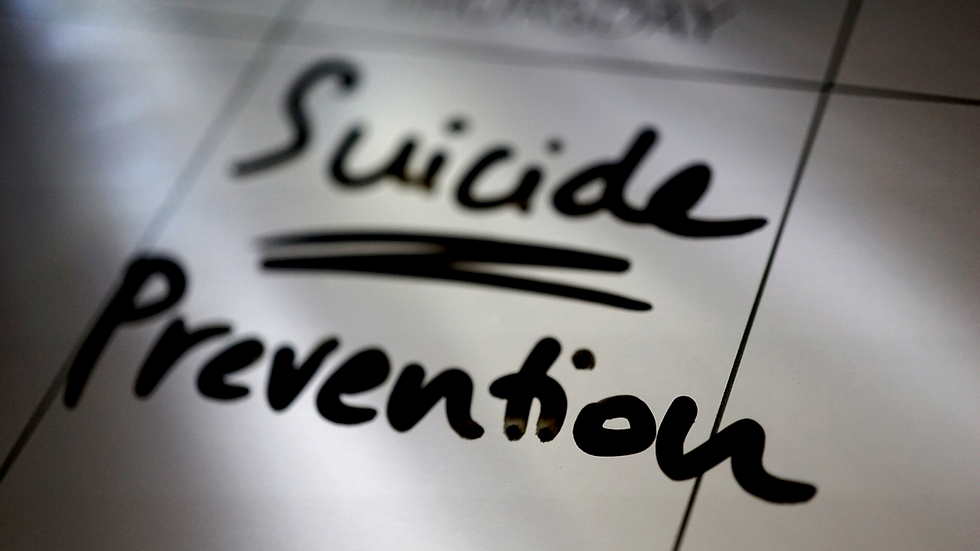Content provided by: Alberta Health Services
StettlerLocal.com September 1, 2022 @ 1:00pm

September 10 marks World Suicide Prevention Day, an initiative of the International Association for Suicide Prevention (IASP) in partnership with the World Health Organization (WHO), which aims to increase awareness, build knowledge, and spark conversations about suicide.
Suicide is an ongoing societal and public health concern. Every year, more Albertans die by
suicide than the number of people who die in motor vehicle collisions. Suicide affects people
from all socioeconomic, age, gender, cultural, and ethnic groups, and has emotional, financial,
and psychological impacts on individuals, families, and communities.
It’s hard to know if someone is thinking about suicide, but recognizing the risk factors and
warning signs is an important step in helping to prevent suicide.
Some risk factors include:
• Barriers to accessing social and health services.
• Mental illnesses, such as severe depression, bipolar disorder, schizophrenia, or anxiety.
• Traumatic life events, such as the death of a partner or friend, divorce, or financial
issues.
• Family violence, including physical or sexual abuse.
• Diagnosis of a serious physical illness.
Warning signs may include:
• Planning or saying they want to hurt or kill themselves or someone else.
• Talking, writing, reading, or drawing about death, including writing suicide notes and
talking about items that can cause physical harm, such as pills, guns, or knives.
• Saying they have no hope, they feel trapped, or there is no point in "going on."
It is important to take any mention of suicide seriously, and to get help right away if someone
you know is in immediate risk of suicide:
• Call 911, a suicide hotline (see telephone numbers below), or the police.
• Stay with the person or ask someone you trust to stay with the person, until the crisis
has passed.
• Encourage the person to seek professional help.
• Don't argue with the person ("It's not as bad as you think") or challenge the person
("You're not the type to attempt suicide").
• Tell the person that you are there to support them. Talk about the situation as openly as
possible.
To learn more visit www.myhealthalberta.ca and search suicide warning signs.
One of the major barriers to help is the stigma around suicide. Stigma contributes to feelings of fear, shame, and guilt. We can help lower stigma by talking about suicide with understanding, hope, and compassion.
When talking about suicide, it is important to emphasize that support and recovery are possible. Suicide is a complex issue that is unique for everyone, but help is available.
When thinking about how to help someone, the REACH Pathway is a great resource to help us remember what we can do to support someone who is struggling:
• Recognize when someone is struggling,
• Engage in conversation and listen,
• Ask about suicidal thoughts and feelings,
• Connect to support and resources, and
• Heal yourself by taking care of your own mental health.
If you or somebody you know is struggling, there are resources to help:
• In an emergency
o Call: 911
• Health Link
o Call: 811
• AHS Mental Health Line
o Call: 1-877-303-2642
• Hope for Wellness: First Nations & Inuit Populations
o Call: 1-855-242-3310
o Online chat: www.hopeforwellness.ca/
• Canada Suicide Prevention Service
o Call: 1-833-456-4566
o Online chat: www.crisisservicescanada.ca/
o Text: 45645
コメント